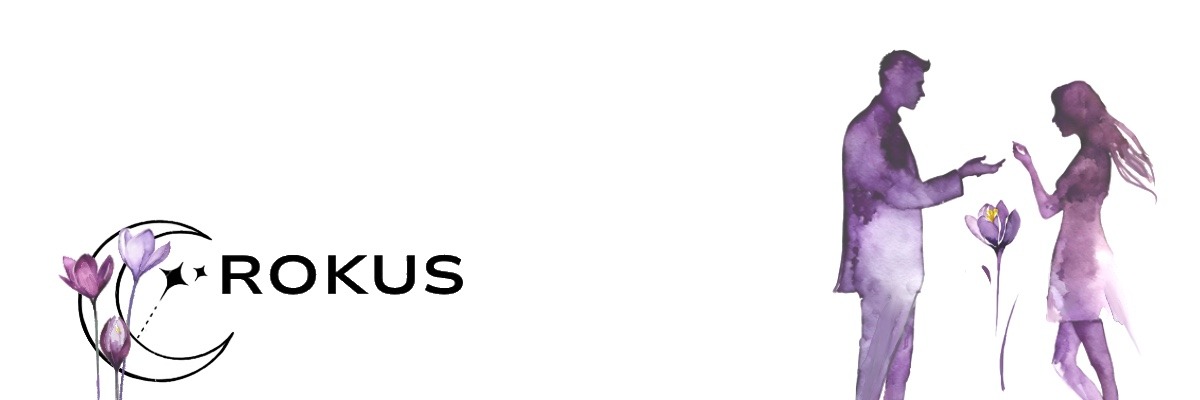Are Tarot cards dangerous? This question often arises from a mix of curiosity and fear fueled by myths, media portrayals, or spiritual concerns. Let’s clarify what Tarot is and address whether there’s any real danger in using it.
What Do People Mean by “Dangerous”?
When asking if Tarot is dangerous, people typically refer to one of these concerns:
- Psychological effects: Could a Tarot reading cause confusion, anxiety, or fear?
- Spiritual risks: Does Tarot open doors to harmful energies or entities?
- Practical consequences: Can Tarot lead to poor decision-making?
Understanding these concerns is essential to addressing whether Tarot poses any risks.
The Reality: Tarot Is a Neutral Tool
Tarot cards themselves are not inherently dangerous. They are simply pieces of paper with symbols and imagery. Any perceived danger comes from how they are used or understood.
Here’s why Tarot is safe:
- No magical power: Tarot cards do not summon spirits or create supernatural events.
- Reflective purpose: They serve as a tool for introspection and understanding your subconscious mind.
- Personal responsibility: You remain in control of your thoughts, feelings, and actions during and after a reading.
For more on spiritual concerns, read Is Tarot Evil? or Is Tarot Card Reading a Sin? to explore these topics in depth.
Addressing Psychological Concerns
Some worry that Tarot readings might cause distress if they reveal challenging insights. However, this depends on how you approach the reading:
- Stay open-minded: Remember, the cards reflect possibilities and invite reflection. They don’t dictate your fate.
- Frame questions positively: Instead of focusing on fears, ask empowering questions like, “What steps can I take to improve my situation?”
- Avoid dependency: Over-relying on Tarot for every decision can create unnecessary stress.
If you’re new to Tarot, check out How Often Can You Do a Tarot Reading? for tips on maintaining balance.
Spiritual Safety in Tarot
Some people fear that Tarot might attract negative energies. However:
- Tarot is a tool for self-reflection: It doesn’t connect to harmful forces unless you set intentions that make you feel unsafe.
- Intentions matter: Approach Tarot with a clear and positive purpose, and it becomes a safe space for exploration.
- Grounding practices: Simple rituals like taking deep breaths or setting a protective intention can enhance your sense of safety.
Practical Risks of Tarot
While Tarot can be a helpful guide, misinterpreting the cards or relying on them for absolute answers can lead to confusion. To use Tarot responsibly:
- Treat it as one of many tools for decision-making, not the sole authority.
- Use the insights as a starting point for reflection and action, not a substitute for expert advice.
For a guide on using Tarot effectively, explore How to Use Online Tarot to Gain Insights and Interpretations for Yourself?
How to Use Tarot Safely
- Set clear intentions: Before a reading, decide what you want to explore and keep your focus positive.
- Keep an open mind: Treat the cards as guides, not absolutes.
- Seek balance: Use Tarot to complement other forms of personal growth or decision-making.
For those wondering about their first steps with Tarot, What Are the Sacred Rules of Tarot? is a great resource to ensure a meaningful and safe experience.
Final Thoughts
Tarot cards are not dangerous when used thoughtfully and responsibly. They’re a powerful tool for self-reflection, helping you understand your subconscious and make more informed decisions. Misunderstandings about Tarot’s purpose often fuel fears, but with clear intentions and an open mind, Tarot can be a safe and enriching practice.
Explore related topics like Can Tarot Readings Help with Self-Discovery? or Can Tarot Cards Ruin Your Life? to deepen your understanding of this fascinating tool.



